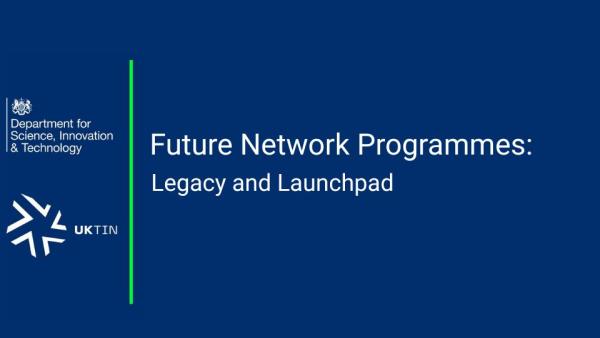
The O-RANOS project aimed to solve key challenges in creating seamless OpenRAN networks that work across both private and public domains. By addressing these challenges, the project sought to open up new business opportunities for both enterprise and public sector customers and to develop innovative use cases.
- DSIT funding: £1.8m
- Partner funding: £1.7m
- Project dates: 01/01/2022 - 30/09/2023
- Locations: Bristol
- Project Partners: Attocore, WeaverLabs. University of Bristol, Satellite Applications Catapult, Parallel Wireless, Cellnex telecom.
O-RANOS focused on enhancing the OpenRAN standards, particularly for 5G networks, to make it easier for different vendors to work together. To do this, the project used special software tools and machine learning models to improve network interactions. One example was creating software to manage the transition between public and private networks smoothly.
The project also explored new ways to connect these networks, such as using satellite links, to ensure reliable connections between different network providers. The use of a satellite communication network alongside a terrestrial counterpart (such as Fibre) formed a hybrid satellite-terrestrial backhaul network for the Open RAN to the core network. This demonstrated that through development of the network’s capability, greater resilience and higher link availability can be achieved.
To support ongoing development and speed up deployment, O-RANOS built an AppStore to manage and distribute applications. One key feature was implementing advanced security measures, such as a Zero Trust approach. The AppStore also offered tools for machine learning to help improve network performance.
Through these efforts, O-RANOS aimed to create a more flexible and efficient network environment that benefits a wide range of users.
O-RANOS Project Highlights
Deployment Locations
Bristol Harbour:
- Installed radios to provide 4G and 5G coverage across Bristol Harbour, enhancing connectivity for the area.
Bristol City Centre:
- Expanded coverage in the city center with additional access networks, improving connectivity for urban users.
Westcott Innovation Center:
- Set up a smaller deployment with two radios to serve the Westcott facilities, supporting innovation and testing.
Integration Achievements
Unified Core Network:
- All Radio Access Networks (RANs) used the same core network and were connected to the Smart Internet Lab at Bristol University via both fiber optics and satellite links.
Fiber Connections:
- Established direct fiber communication between the OpenRAN facilities in Westcott and Bristol, ensuring fast and reliable data transfer.
Satellite Connections:
- Enabled direct communication between Westcott and Bristol using both LEO (Starlink) and GEO satellites, enhancing connectivity options.
RIC (RAN Intelligent Controller) Highlights
The ORANOS project the application explored RAN Intelligent Controller (RIC) development. Unique to this project they explored using RIC to RIC communication.
Westcott Cloud Installation:
- Deployed a near-real-time RIC in Westcott to manage and optimize network applications (xApps).
Bristol Cloud Installation:
- Set up both near-real-time and non-real-time RICs in the Smart Internet Cloud to manage various network applications (xApps and rApps).
Network Management
Smart Network Orchestration:
- Implemented SMO (Service Management and Orchestration) software on Bristol infrastructure to manage virtual and containerized network functions across both facilities.
Real-Time Data Management:
- Configured a NoSQL database to store real-time data from the RIC, enabling efficient data processing and analysis.
Unmanned Aerial vehicle (UAV) Use Case Implementation
- UAV applications are limited by network quality of service, risking communication interruptions and flight crashes. Enhancing UAV capabilities with video, sensory, and location information through Machine Learning (ML) on low latency network architecture can improve reliability. The project leveraged Open RAN RIC capabilities and real-time AI models to predict and prevent User Equipment (UE) handover failures.
- A cooperative ML-based failure prediction model was developed to guide drones around network failures, ensuring reliable flight paths over multi-domain networks. By collecting data on communication quality, the solution can detect and rectify potential network issues, enabling secure long-range UAV flight automation.
These highlights showcase the key achievements and innovations of the O-RANOS project, making it easier to understand the scope and impact of the project on network technology and connectivity.









